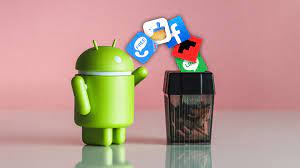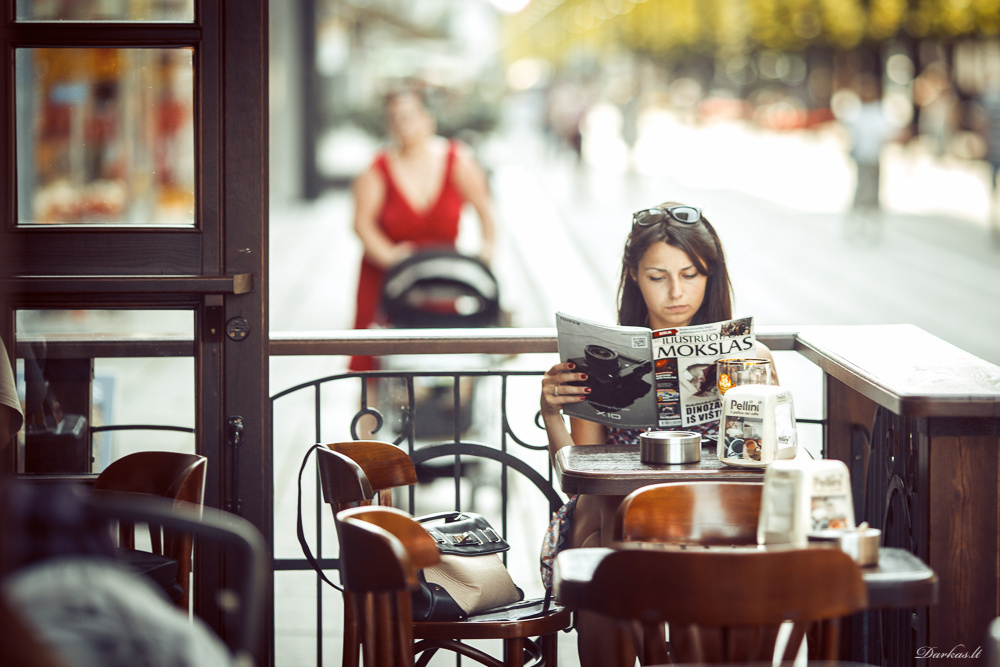While Android 13 is yet to be rolled out on some Android phones, we are already waiting to see what Android 14 has to offer in 2023. ,
Here are nine features we want to see in Android 14 in 2023.
1. Stacked Widget
Over time, your home screen can become cluttered as you fill it with various apps and widgets. With stacked widgets, you can stack multiple widgets on top of each other to reduce the space they take up on the screen.
That way, you can add useful widgets to your home screen and get the most out of your Android phone without crowding the screen. The iPhone introduced the feature first, Samsung phones already have it thanks to One UI 5, and we’d love for stock Android to copy it.
2. Put Apps to Sleep
Another feature we’d like to see on Android 14 is the ability to deactivate unused apps. Nobody likes it when apps run in the background for no reason, so putting them to sleep stops them from using up your phone’s resources like battery life, RAM, and processing power.
There are third-party apps on the Play Store that you can download that replicate this functionality, but they are often not reliable and can sometimes cause unexpected problems like apps crashing and not sending notifications. A built-in feature would be ideal.
3. Lock individual apps
You might want to keep some of your apps closed for added privacy, such as Gallery, Banking apps, Investment apps, Period tracker, Dating apps, and Messaging apps.
Android currently doesn’t have a feature that allows individual apps to be locked with a password, although some Android skins such as Oppo’s ColorOS and Xiaomi’s MIUI allow it.
Locking apps gives you the peace of mind that even if someone does bypass your lock screen, they won’t be able to access some of the apps you want to keep private.
4. Battery Health Indicator
As you continue to use your phone over the years, its overall battery health tends to deteriorate, which means it may no longer hold as much charge as it used to. In other words, it limits your total battery capacity due to the natural wear and tear of the battery hardware.
You can check battery health on iPhones, but there’s no such feature on Android. Ideally, your battery should retain approximately 80% of its maximum capacity after 800 charge cycles. So if you charge your phone once a day, you’ll want to replace the battery after about two years.
5. Built-in Temporary Email Addresses
No phone on the market right now offers a built-in tool for generating temporary email addresses, and we wish Android would push this feature forward. A temporary email address allows you to avoid apps and sites that require you to enter your email to access their service, and then later bombard you with irrelevant marketing ads and spam.
With a built-in temporary email tool, you can just tap a button, copy the email address, and paste it wherever you need it. That way, you can save your real email address from automatically subscribing to unknown newsletters and flooding your inbox.
6. A “My Ad Center” menu in Settings
Not long ago, Google announced My Ad Center, a place where you can adjust your ad preferences to see more or less of a particular ad category. It was introduced as a way to be more transparent about the ads you see on Google Search, YouTube and Discover.
It’s a great tool, but most people are unaware that it exists because it hasn’t been integrated into Android yet. If there was a menu in device settings to access the My Ads Center, people would be eager to see it and actually use the feature to customize their ad preferences.
7. Better Lock Screen Customization
Android is known for choice, but recently, iPhones have become increasingly customizable to the point where they now have better lock screen customization. On iOS, you can change the style, font, and color of the clock, and add useful widgets as well.
Samsung’s latest One UI 5 has added better lock screen customization for Galaxy phones, but stock Android doesn’t quite have the same thing yet. We wish Android 14 would introduce some new options for customizing your lock screen and the ability to add widgets to the top.
8. Content You Manually Control
We love the Material Design feature you introduced with Android 12, and Google has improved upon it since it launched. But we can’t ignore how it doesn’t give you the option to customize individual elements of the user interface.
For example, you cannot choose different colors for the Quick Settings panel and the clock widget. The system only uses your selected color palette and automatically applies the colors it thinks are the best match.




